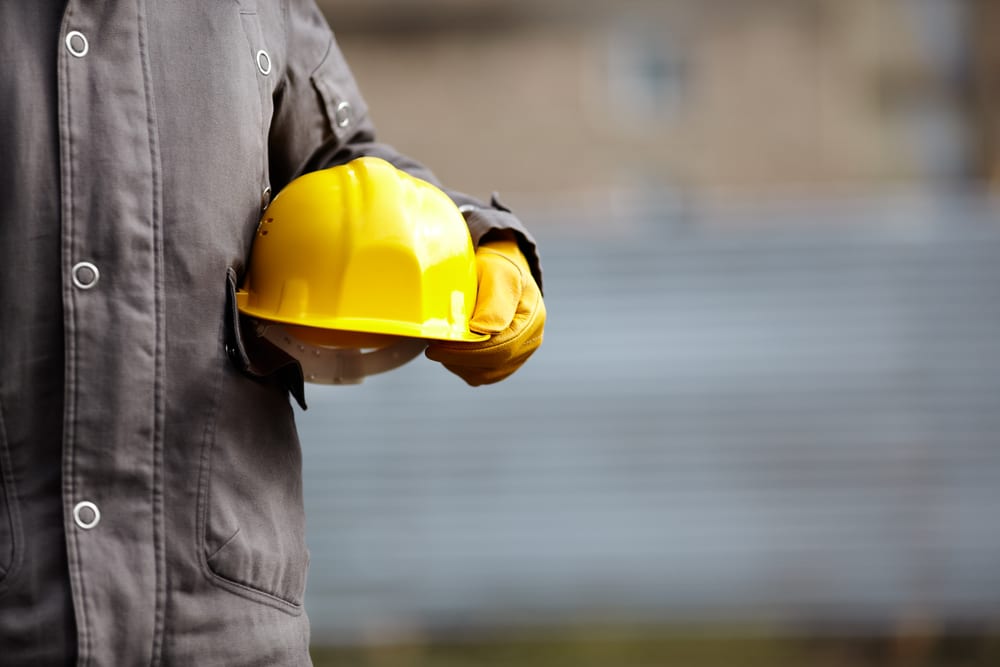How to Use Technology to Improve Employee Safety Communication in the Workplace
Construction is one of the most dangerous professions, with the highest rate of workplace fatalities out of all industries. In 2017, the National Safety Council found that 58 percent of Americans working in construction feel that safety, and employee safety communication, takes a backseat to productivity.
When safety issues arise, urgent communication to the affected teams is imperative. It’s also very challenging. Construction workers aren’t sitting in front of a computer, watching as emails and notifications come in. They are on-site, using their hands.
Improving employee safety communication in the workplace is a task many researchers and companies are actively tackling, especially as technology presents new opportunities for improvement. At Zinc, we’ve seen the power of successful workplace safety communication in action, and want to share some best practices for saving lives — literally.
Employee Safety Communication Strategies
One of the most effective ways to improve safety culture and prevent injuries is to optimize safety-related communication, and not only when issues happen. Daily, open communication keeps everyone informed and aware of safety hazards before they occur.
Unfortunately, the National Safety Council found that 48 percent of employees are afraid to report safety issues and believe safety meetings are held less often than they should be.
So what can be done to turn these stats around?
1. Integrate safety into every aspect of the business
Safety shouldn’t be a separate thought, and especially not an afterthought. Safety planning and communication should be built into the fabric of your business.
By making safety an integral practice that is clearly communicated as a priority from leadership all the way down to workers in the field, you can avoid unnecessary workplace injuries and fatalities.
2. Use continuous, meaningful communication
Successful workplace safety communication relies on frequent and meaningful interactions. Workers need to be constantly updated on the safety information that is relevant to them. Real-time communication, through phone and video calls, images, file sharing, messaging, broadcasts and in-person meetings allows everyone to be aware of safety hazards and adjust their day accordingly.
Ensuring that the safety communication workers receive is relevant to their worksite and duties is just as important as delivering the information in the first place. If workers constantly receive safety updates that are unrelated to what they are doing, they are going to stop reading them. Communication has to be targeted and meaningful to keep everyone in-the-know.
3. Keep everyone accountable

Employee Safety communication in the workplace using Zinc
Safety and project managers need to know that their safety updates are being received and helping make a difference at the worksite. A communication platform that allows for analytics, such as open rates on safety messages, keeps employees accountable and allows managers to make improvements to communication if open rates are low.
Additionally, employees should have a way to keep each other and management updated about safety hazards that arise on the job. Easy, two-way communication between workers and project managers keeps teams accountable and informed.
Lastly, instantly recognizing staff for reporting safety hazards inspires everyone to stay engaged with the safety program. Employees should be able to praise each other, and supervisors should recognize individuals and even offer incentives for staying involved in the safety program.
Pepper Construction Success Story
Pepper Construction, one of the nation’s premier construction companies, is a prime example of a company that prioritizes safety and has embraced new technology to make safe workspaces a reality.
Over a year ago, Pepper Construction reached out to Zinc for an employee safety communication solution. Pepper Construction was about to embark on a large project for Rolls Royce, involving numerous subcontractors and a worksite divided by a freeway. They knew they needed a single, easy-to-use and real-time solution for communicating safety information to everyone, including subcontractors and third-party companies.

Rolls Royce Site
Using Zinc Real-Time Communication, Pepper Construction was able to communicate safety information to targeted groups as well as the entire team. By sending Broadcasts and targeted messages via Official Groups, Pepper Construction kept everyone in-the-know with constant, relevant communication.
For example, by using Zinc, the workforce was instantly aware of any electrical work resulting in dark areas and could come prepared with headlamps or alter their plans to finish the work when the lighting was back on.
This real-time communication was especially crucial for keeping everyone aware of live areas, a major life-safety issue. Workers always knew about the presence of live wires and could take extra precautions to avoid injuries.
Today the job is trending at 98 percent safe with a high level of participation in the safety program. We look forward to continuing to help Pepper Construction and all subcontractors stay safe while at work.
Read Pepper Construction’s full story on building a leading safety program here.


Share this: